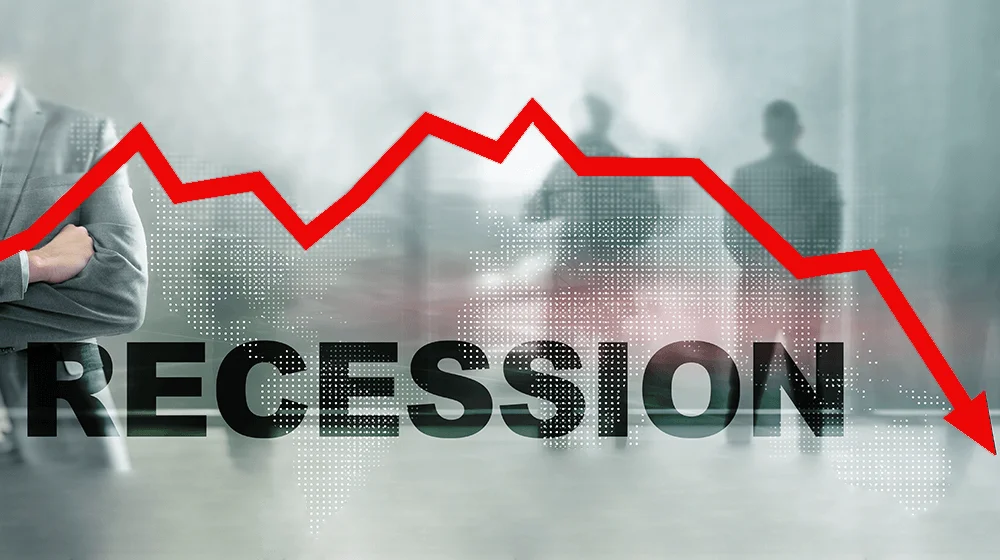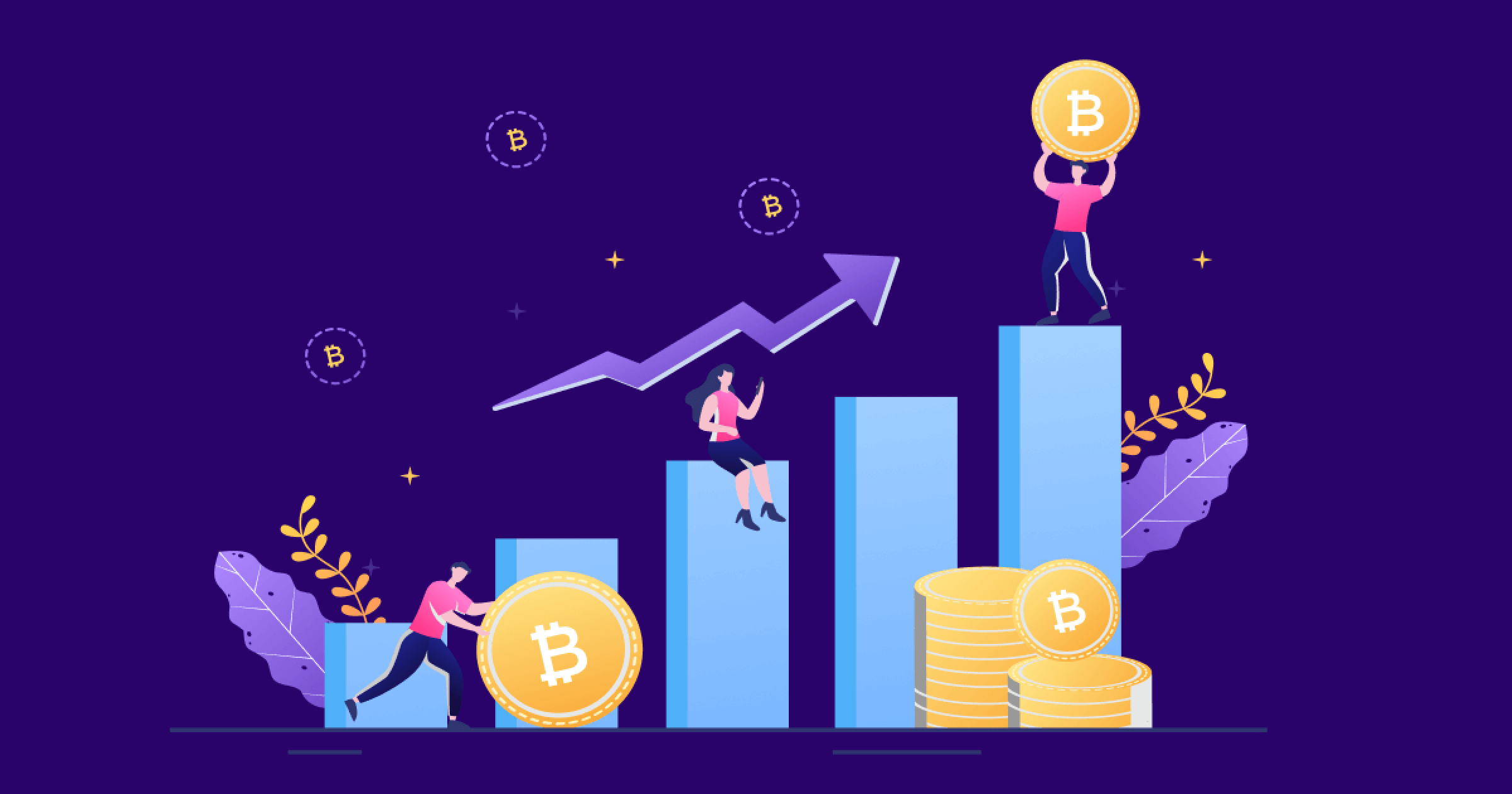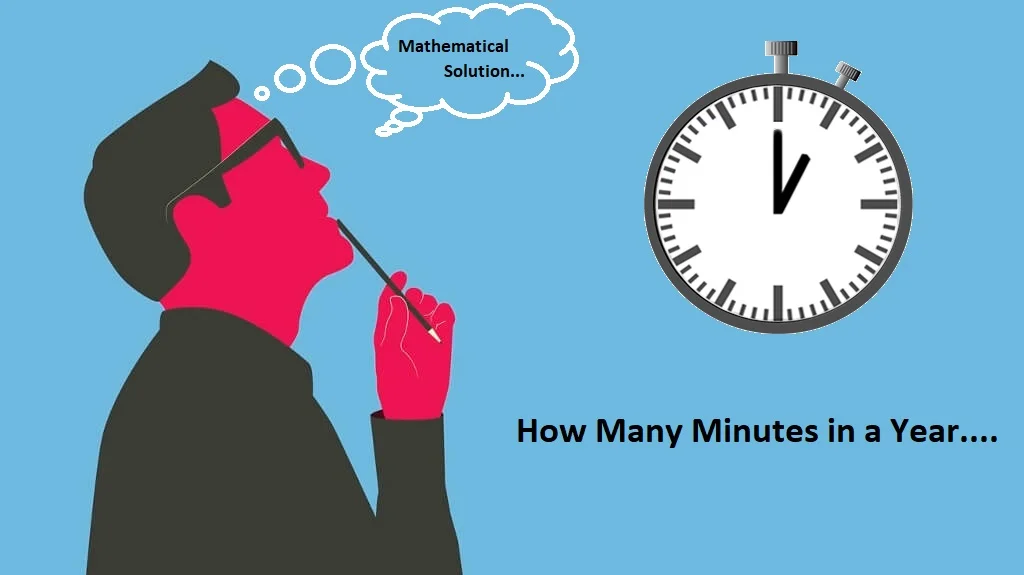You must have encountered recession in newspapers, television, social media, and everyday discourse. And even though it sounds like one of those complex economic words, it’s pretty easy to understand if you know the basics.
According to the National Bureau and Economic Research, a recession is when a country experiences negative gross domestic product (GDP), a downturn in economic activity, a decrease in industrial production, an increase in unemployment, and falling retail sales.
You can find out everything about recessions from websites like insights.masterworks.io that deal with it in detail while offering sound advice and allowing you to invest in profitable ventures like fine art.
Most experts agree that recession is unavoidable because it is an integral part of an economic cycle marked by alternating phases of growth and decline. The biggest impact it has on the average person is layoffs. Travel, tourism, real estate, manufacturing, and hospitality are most affected by it.
But how does it differ from depression, what is its average duration, what are some causes behind it, and is it a wise idea to invest in artworks during such time? Get all the answers below.
Difference between recession and depression
The two phenomena differ in their duration and impact on the economy. A recession lasts only for a few months and is marked by a slowdown in economic activity.
In contrast, a depression can last for several years, of which the most famous example is The Great Depression which occurred in the USA between 1929 to 1939.
The impact of the recession is usually restricted to a few areas, like lower household income and employment. In contrast, depression impacts the national and global markets and is characterized by a high unemployment rate, decreased industrial production, a decline in the stock market, and reduced international trade.
What are some causes behind it?
Economic shocks
Also known as macroeconomic shock, it affects a country’s economy unprecedentedly, particularly its supply side and capital formation. Some examples are liquidity crises, stock market crashes, and drastic devaluation of the currency.
Two events that caused rapid financial shocks are the Covid-19 pandemic and the OPEC oil crisis. The pandemic shut down economies worldwide and affected the advanced economies in a way not seen since the Second World War.
Another event was the oil crisis during the 1970s, during which the 12 countries of OPEC stopped selling oil to the USA, causing a significant decline in GDP in the USA, Europe, and Japan.
High inflation
Some inflation is not a cause of worry to economists, who even consider it desirable. However, excessive inflation can be a warning sign of a coming recession.
It happens when central banks use monetary policies like quantitative easing and tightening to control inflation by raising interest rates, leading to a depression in economic activity.
For instance, the 1970s were the decade of inflation for the USA, as the inflation rate rose to almost 14%. To counter this, the Federal Reserve adopted policies that increased the money supply, ultimately slowing down the economy.
Should you invest in art during recessions?
Art is one of the safest areas to invest in during financial uncertainty because of the art market’s ability to self-regulate demand and supply.
Since owners hold on to their collections instead of selling them at competitive rates, it ensures a reduction in supply. As a result, prices are stable, making it a safe alternative investment option.
You should know as much as possible about recession from trustworthy sources, not just because it affects the economy on a national scale but also impacts your everyday life. Investing in assets like the artwork is the best option, as it remains largely unaffected by a financial crisis or uncertainty.







